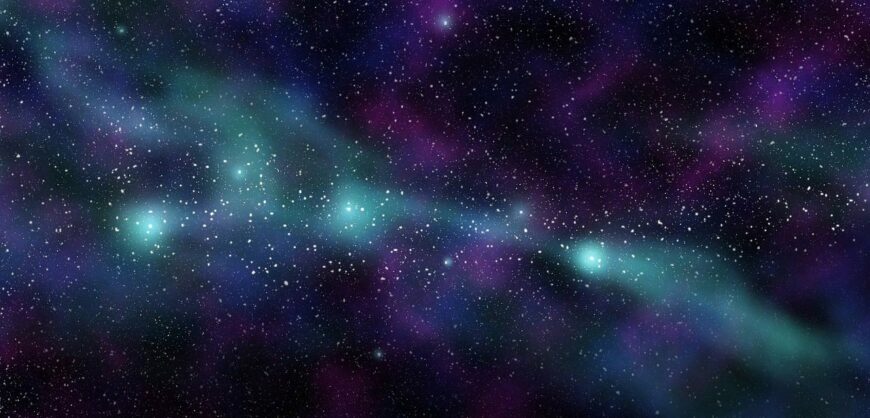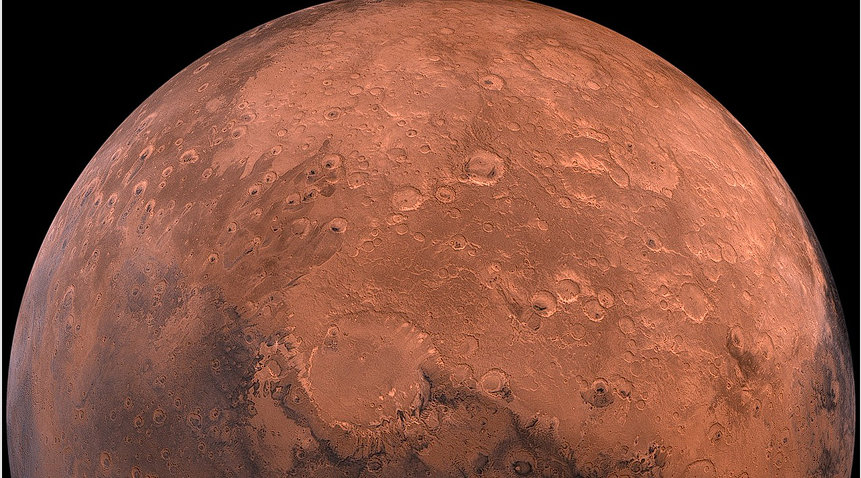Avi Loeb, the former chair of the Harvard Astronomy Department recently returned from an expedition to the Pacific Ocean near Papua New Guinea that dragged a magnetic sled across the seafloor in an attempt to find fragments of what Loeb claims is the first-known interstellar meteor, what he refers to as “IM1.”
This space rock, measuring roughly 1.6 feet (0.5 meters) in diameter, exploded above the Pacific Ocean on Jan. 8, 2014. By following the path of the meteor with the sled, Loeb hoped to find fragments of the rock, which could then be analyzed to determine if their chemical composition could confirm them as being interstellar in origin.
As it turns out, the expedition turned up dozens of tiny metallic spheres, or spherules, less than a millimeter in diameter. In a July 3 blog post titled “Summary of the Successful Interstellar Expedition,” Loeb stated definitively that “we did it.” The discovery of these spherules, Loeb wrote, “opens a new frontier in astronomy, where what lay outside the solar system is studied through a microscope rather than a telescope.”
While Loeb believes he has found evidence of the first interstellar meteorite, others have their doubts. And the debate is turning ugly.
more at space.com





































